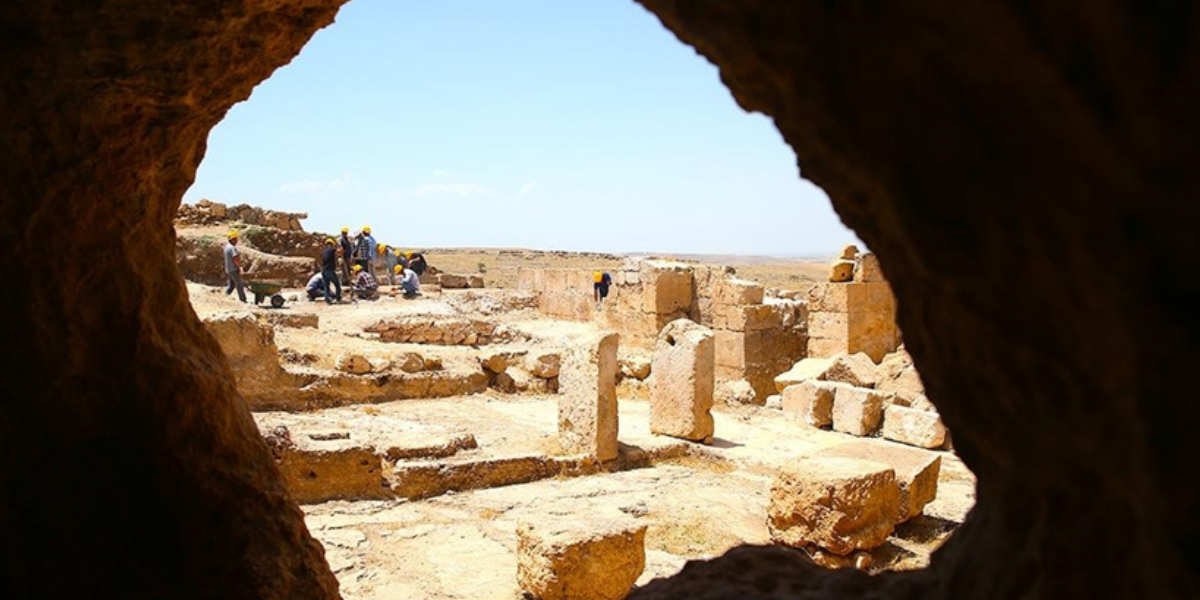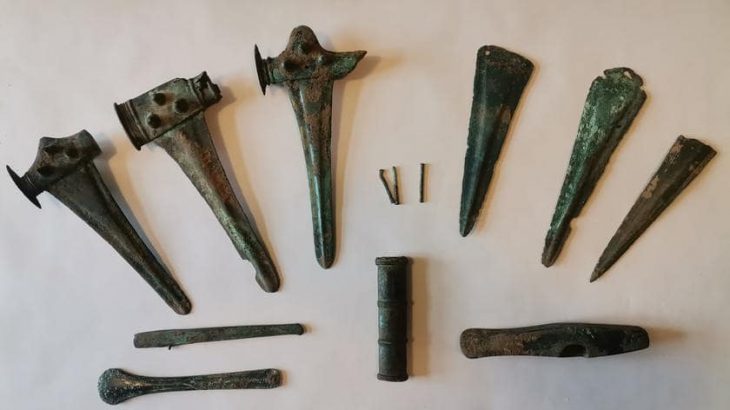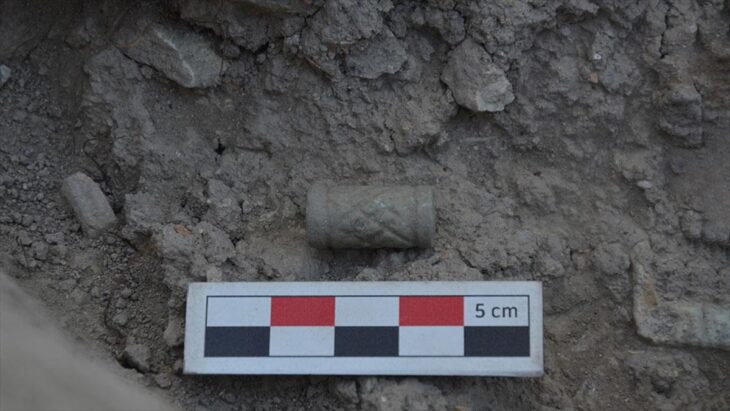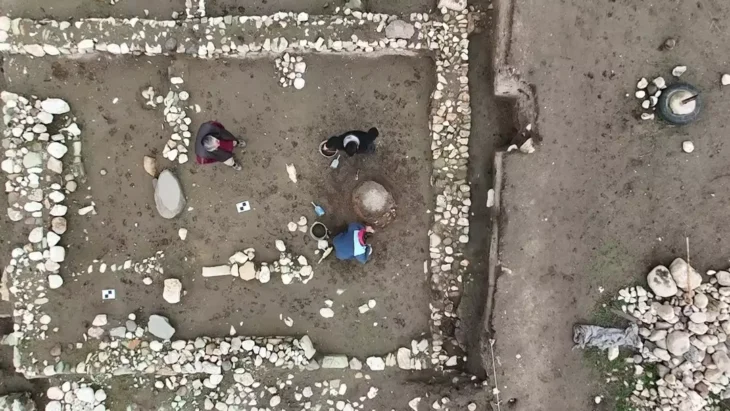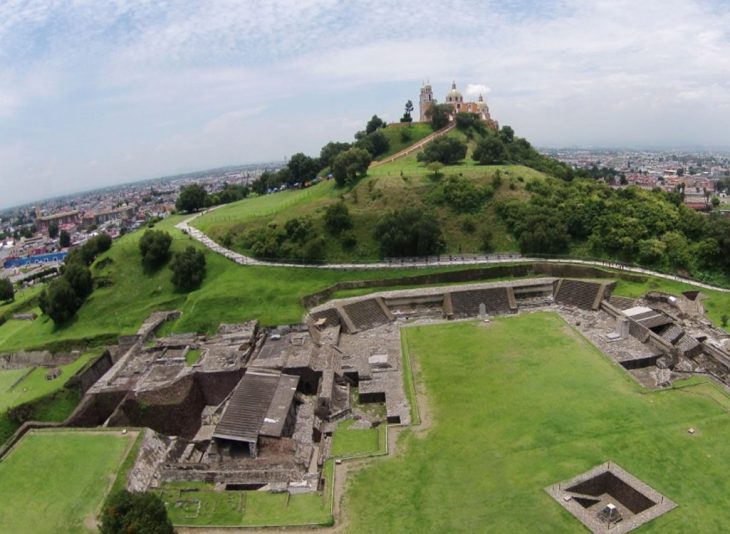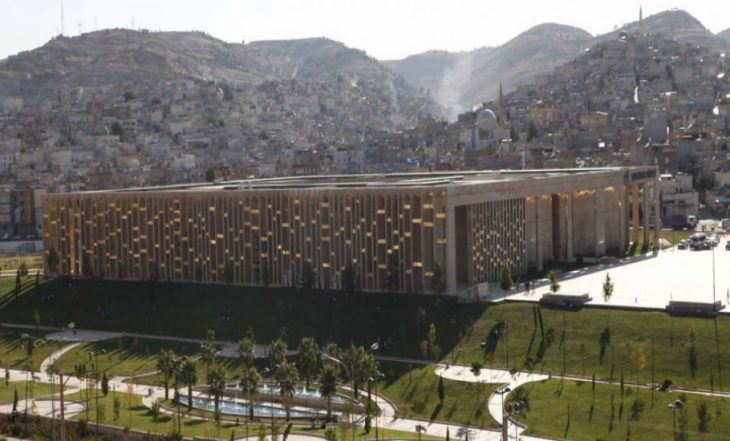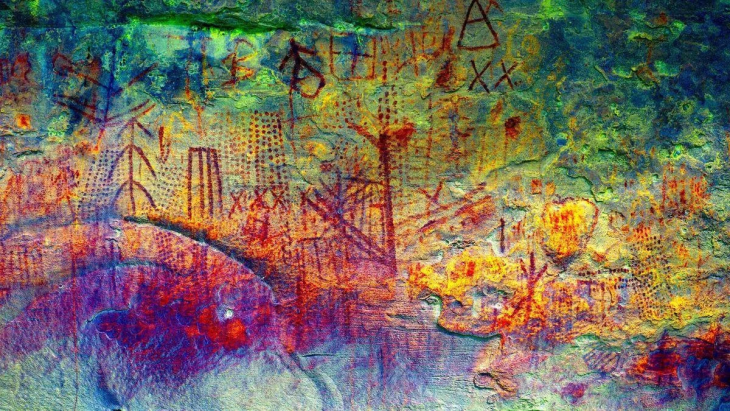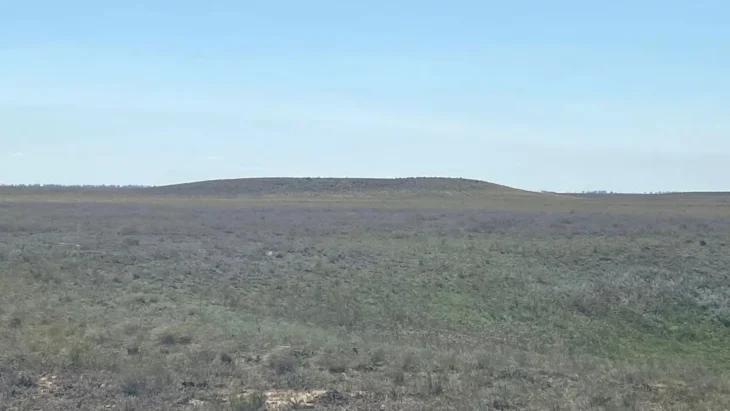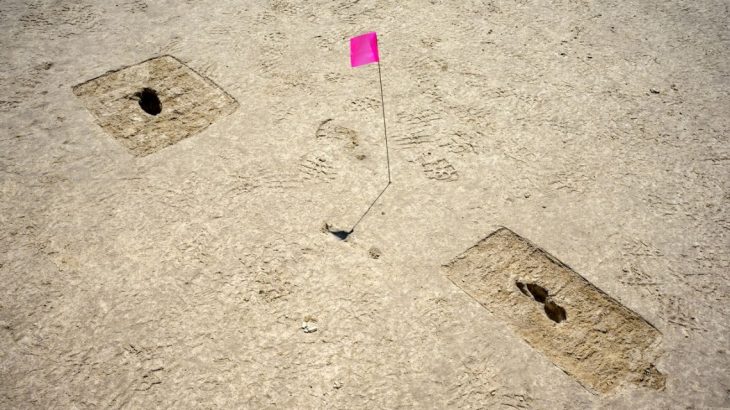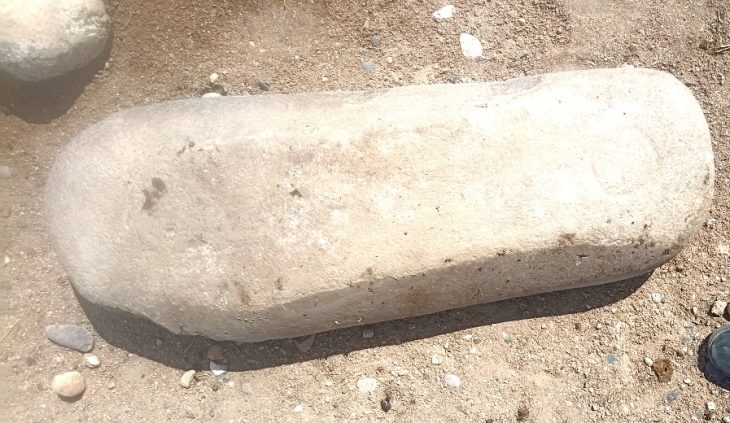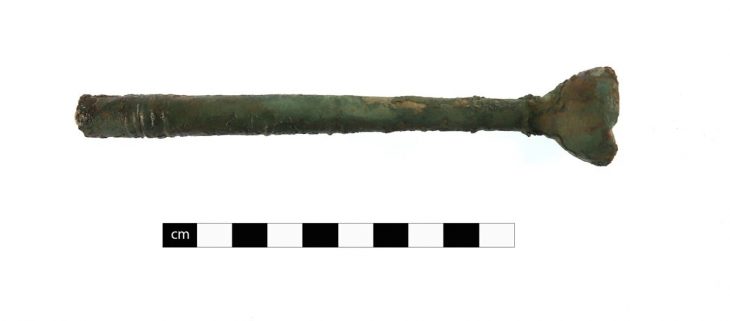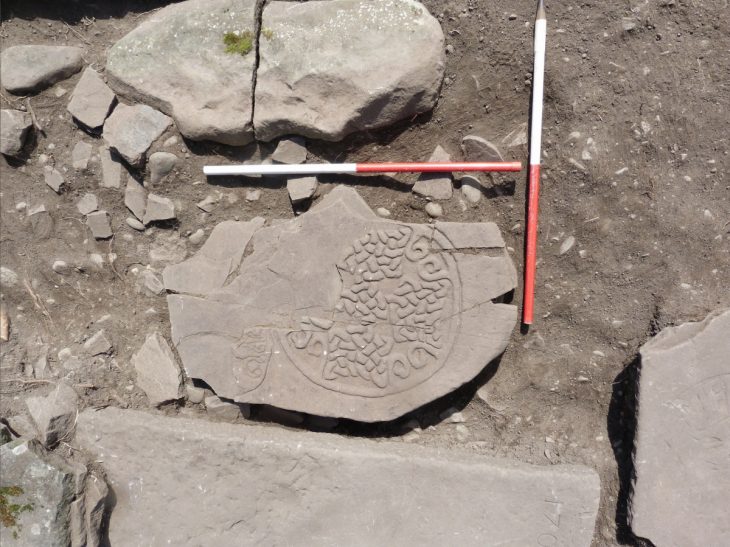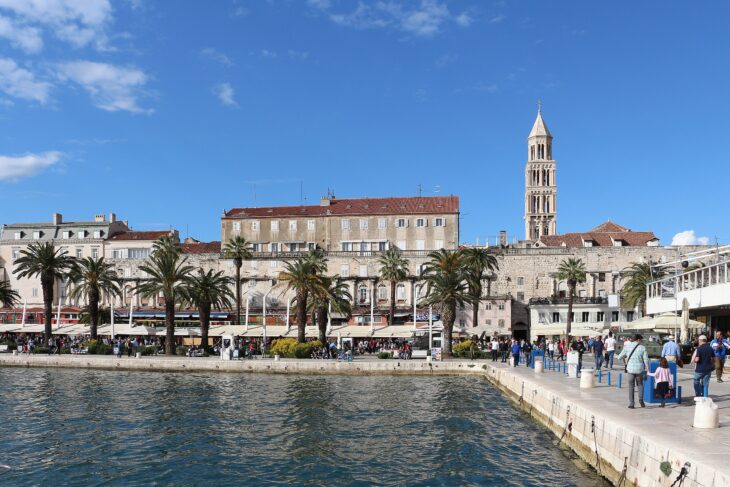Excavations at the Zerzevan Castle in Diyarbakır province in the southeastern part of Türkiye have uncovered an area where participants of secret rituals stayed in a 1,900-year-old underground temple belonging to the Mithras religion.
Zerzevan Castle location was at a strategic point on the way from Amida (Diyarbakır) to Dara (Mardin), from Edessa (Şanlıurfa) to Nisibis (Nusaybin) in the ancient period. In the Persian Period (550-331 BC) and today, the mentioned road that passes through the territory of Iran, Iraq, and Türkiye has been used as “The Royal Road”. Zerzevan Castle was a “military settlement” during the Roman Empire.
Excavation work, initiated in 2014 with contributions from the Ministry of Culture and Tourism, the governorship, Diyarbakır Museum, the Çınar District Governorate and Dicle University, continues at the historic castle, which is on the UNESCO World Heritage Tentative List.
This year’s excavations have reached the area where guests who came to the Mithras temple for secret religious ceremonies and rituals stayed.
Mithras was the name of an ancient Persian god who was adopted into Roman beliefs. The Mithras cult first became evident in Rome towards the end of the first century AD. During the next two centuries, it spread to the frontiers of the Western empire.
📣 Our WhatsApp channel is now LIVE! Stay up-to-date with the latest news and updates, just click here to follow us on WhatsApp and never miss a thing!!
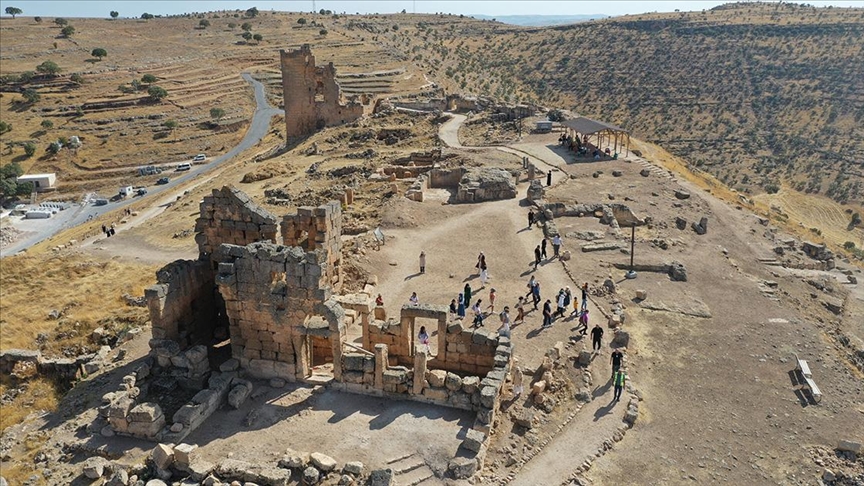
Mithraism was a secretive cult religion. Its initiates were the only ones who knew its beliefs, and they were prohibited from documenting what they learned. Because of its secrecy, Mithraism is classified as a mystery religion. The mystery religion Mithras spread widely throughout the territories under Roman rule, especially among soldiers, traders and aristocrats.
Mithras, known as the sun god, became widely popular in the Roman Empire in the second and third centuries A.D. as a symbol of light, war, justice, and faith.
Excavation director Aytaç Coşkun told Anadolu Agency (AA) that the Mithras sanctuary was discovered by chance in 2017 and stated that they did not know there was a structure related to the Mithras belief when they started excavations in this area.
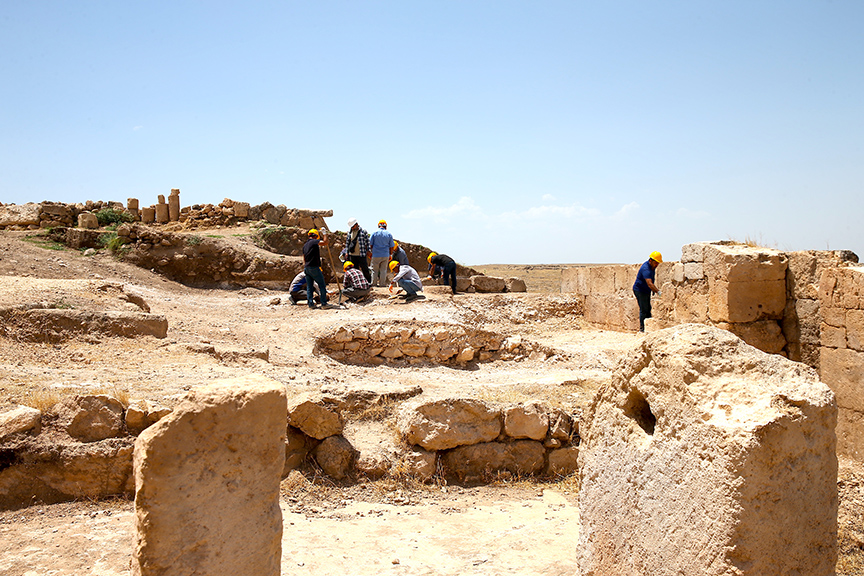
Indicating that this is a very important discovery, Coşkun said: “Because it is the first sanctuary found on the eastern border of the Roman Empire, it is one of the last Mithras sanctuaries in the world. Mithras is the esoteric and mystery belief of the Roman Empire. Its ceremonies and rituals are secret; all these secret ceremonies and rituals were held in underground structures and temples at Zerzevan Castle.”
“During the excavations, we found where Mithras adherents from different parts of the Roman Empire stayed during certain periods of the year. We are continuing the excavations in this area. We will present our work to the scientific community,” he added.
Coşkun recalled that a temple, underground structure, and monumental entrance belonging to the Mithras belief had previously been found in the historical castle, emphasizing that the most important structure of Zerzevan Castle is the Mithras sanctuary.
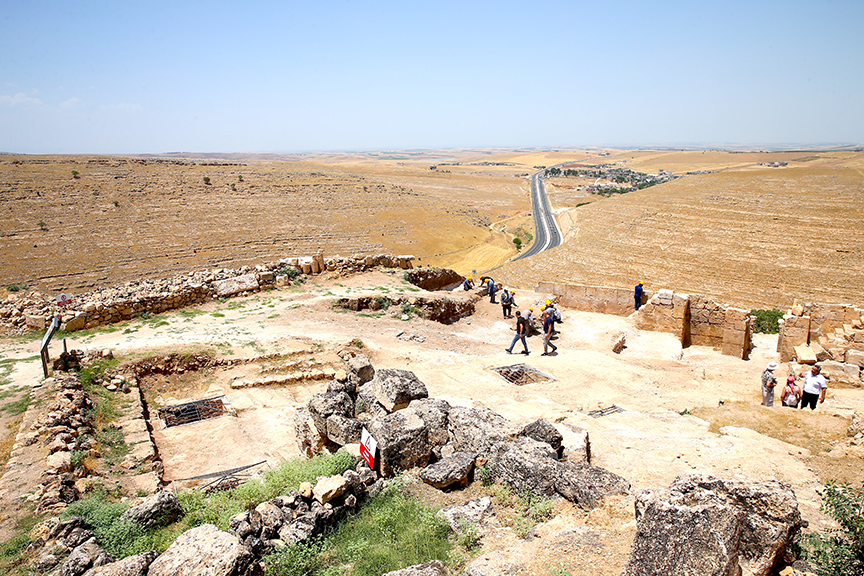
The Mithras temple, located north of Zerzevan Castle, was built by carving the main rock underground on the eastern wall of the structure, columns carved into the main rock, a large niche in the center and two smaller niches on the sides can be found.
Cover Photo: Aziz Aslan/AA

